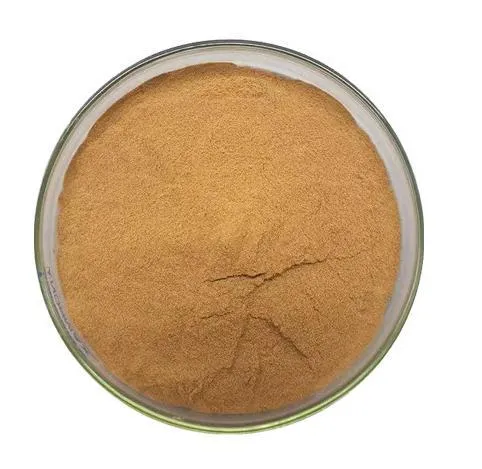Warning: Undefined array key "title" in /home/www/wwwroot/HTML/www.exportstart.com/wp-content/themes/1198/header.php on line 6
Warning: Undefined array key "file" in /home/www/wwwroot/HTML/www.exportstart.com/wp-content/themes/1198/header.php on line 7
Warning: Undefined array key "title" in /home/www/wwwroot/HTML/www.exportstart.com/wp-content/themes/1198/header.php on line 7
Warning: Undefined array key "title" in /home/www/wwwroot/HTML/www.exportstart.com/wp-content/themes/1198/header.php on line 7
- Afrikaans
- Albanian
- Amharic
- Arabic
- Armenian
- Azerbaijani
- Basque
- Belarusian
- Bengali
- Bosnian
- Bulgarian
- Catalan
- Cebuano
- China
- China (Taiwan)
- Corsican
- Croatian
- Czech
- Danish
- Dutch
- English
- Esperanto
- Estonian
- Finnish
- French
- Frisian
- Galician
- Georgian
- German
- Greek
- Gujarati
- Haitian Creole
- hausa
- hawaiian
- Hebrew
- Hindi
- Miao
- Hungarian
- Icelandic
- igbo
- Indonesian
- irish
- Italian
- Japanese
- Javanese
- Kannada
- kazakh
- Khmer
- Rwandese
- Korean
- Kurdish
- Kyrgyz
- Lao
- Latin
- Latvian
- Lithuanian
- Luxembourgish
- Macedonian
- Malgashi
- Malay
- Malayalam
- Maltese
- Maori
- Marathi
- Mongolian
- Myanmar
- Nepali
- Norwegian
- Norwegian
- Occitan
- Pashto
- Persian
- Polish
- Portuguese
- Punjabi
- Romanian
- Russian
- Samoan
- Scottish Gaelic
- Serbian
- Sesotho
- Shona
- Sindhi
- Sinhala
- Slovak
- Slovenian
- Somali
- Spanish
- Sundanese
- Swahili
- Swedish
- Tagalog
- Tajik
- Tamil
- Tatar
- Telugu
- Thai
- Turkish
- Turkmen
- Ukrainian
- Urdu
- Uighur
- Uzbek
- Vietnamese
- Welsh
- Bantu
- Yiddish
- Yoruba
- Zulu
Αυγ . 18, 2024 12:40 Back to list
Comparing Sucralose and Aspartame in Food and Beverage Applications
Sucralose and Aspartame A Deep Dive into Artificial Sweeteners
In today's health-conscious society, the debate surrounding artificial sweeteners is more relevant than ever. Two of the most widely discussed sweeteners in this category are sucralose and aspartame. Both are popular sugar substitutes, often used in various food products and beverages, but they differ significantly in terms of their chemical structures, sweetness levels, and potential health effects.
Sucralose and Aspartame A Deep Dive into Artificial Sweeteners
Aspartame, on the other hand, is a low-calorie sweetener composed of two amino acids phenylalanine and aspartic acid, with a methyl ester. Discovered in 1965, aspartame is about 200 times sweeter than sucrose. It is frequently used in beverages, sugar-free desserts, and various low-calorie food products. However, one important consideration with aspartame is the presence of phenylalanine, which can be harmful to individuals with phenylketonuria (PKU), a rare genetic disorder.
sucralose et aspartame

The safety of both sucralose and aspartame has been a topic of much debate among scientists, health professionals, and the public. The U.S. Food and Drug Administration (FDA) and other regulatory bodies have deemed both sweeteners to be safe for consumption within established acceptable daily intake (ADI) levels. For sucralose, the ADI is set at 5 mg per kg of body weight, while for aspartame, it is 50 mg per kg.
Despite regulatory approvals, some studies have raised concerns about the potential health effects of these artificial sweeteners. Critics argue that consuming high amounts of sucralose may lead to gut microbiome alterations and insulin response issues, while others suggest aspartame may be linked to headaches and allergic reactions in sensitive individuals. However, these claims are often contested, and more rigorous research is needed to draw definitive conclusions.
Public perception also plays a significant role in the discussion around artificial sweeteners. Many consumers remain wary of synthetic ingredients in their food and opt for natural alternatives like stevia or monk fruit extract. Furthermore, as research on the long-term effects of sucralose and aspartame continues, consumers are encouraged to educate themselves and make informed choices based on their dietary needs and preferences.
In conclusion, sucralose and aspartame serve as useful tools for those seeking to reduce sugar intake while enjoying sweet flavors. Understanding their properties, safety profiles, and potential health implications allows consumers to navigate the landscape of artificial sweeteners more effectively. Ultimately, the choice between these sweeteners—or the decision to avoid them altogether—should align with individual health goals and dietary requirements. As the ongoing research unfolds, we may gain clearer insights into the long-term effects of these popular sugar substitutes, aiding us in making well-informed dietary choices in the ever-evolving world of nutrition.
Latest news
-
Certifications for Vegetarian and Xanthan Gum Vegetarian
NewsJun.17,2025
-
Sustainability Trends Reshaping the SLES N70 Market
NewsJun.17,2025
-
Propylene Glycol Use in Vaccines: Balancing Function and Perception
NewsJun.17,2025
-
Petroleum Jelly in Skincare: Balancing Benefits and Backlash
NewsJun.17,2025
-
Energy Price Volatility and Ripple Effect on Caprolactam Markets
NewsJun.17,2025
-
Spectroscopic Techniques for Adipic Acid Molecular Weight
NewsJun.17,2025

